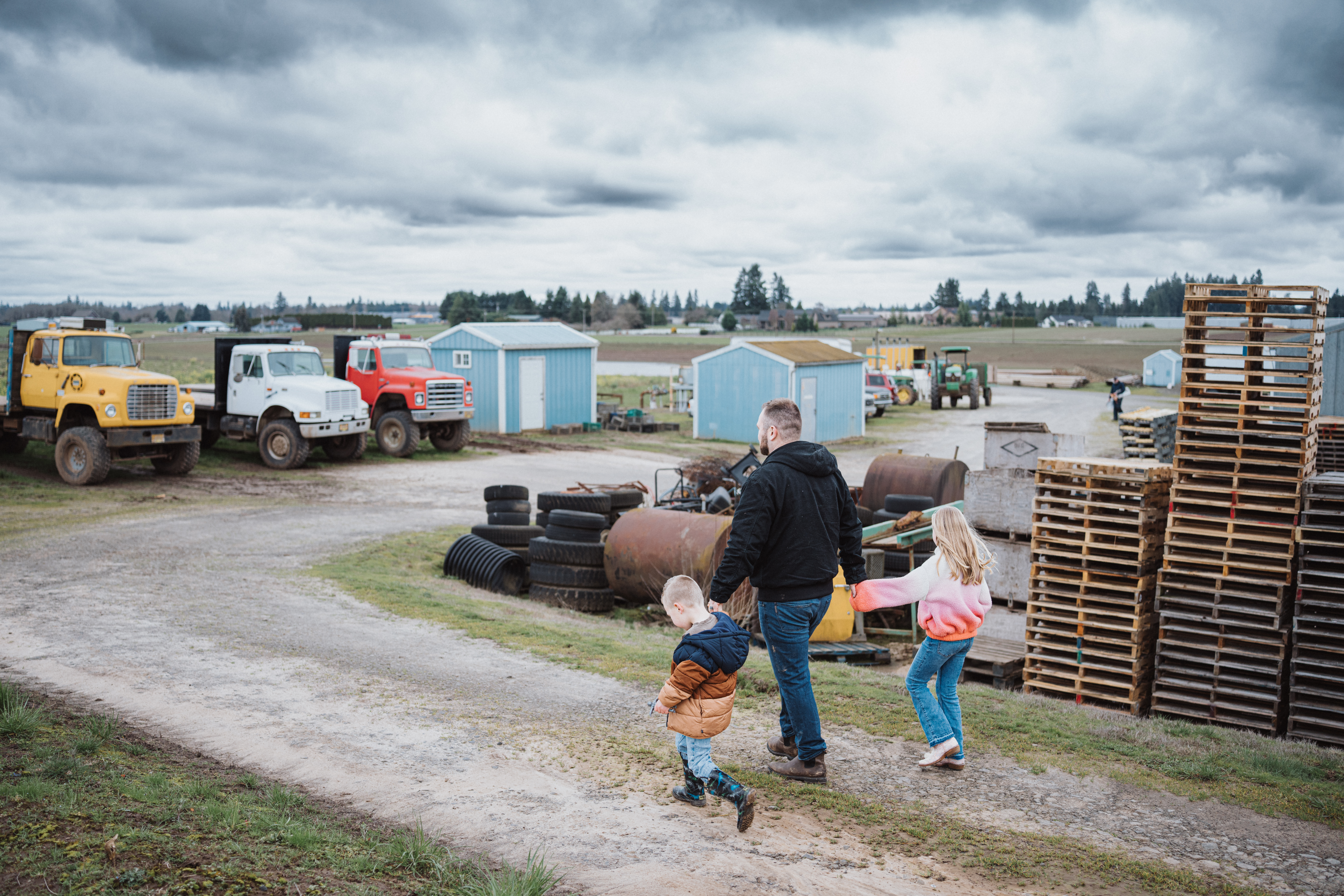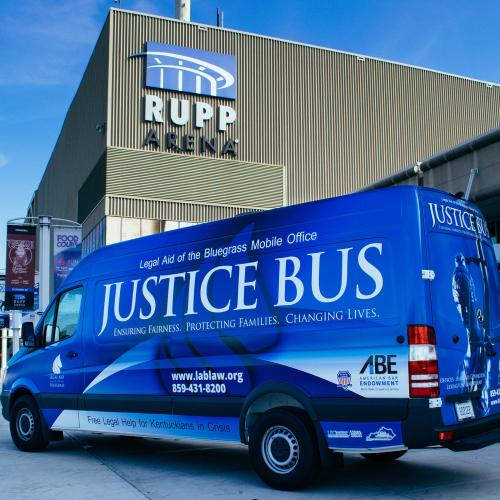
A report from LSC’s Rural Justice Task Force
Rural Americans face some of the steepest barriers to justice in the nation.
The Rural Justice Task Force, established by LSC’s Board of Directors, studied these challenges and highlighted solutions from across the country.
The final report, Justice Where We Live, offers practical recommendations for policymakers, courts, legal services providers, law schools and community leaders for closing the rural justice gap.
94% of civil legal problems in low-income rural households go unresolved each year.
Major barriers drive the rural justice gap:
Shortage of attorneys
Too few lawyers work in rural areas, leaving many residents without access to legal help
Digital divide
Lack of reliable internet and technology limits access to virtual legal help and court services
Distance and transportation challenges
Geographic isolation and scarce public transit make accessing court or reaching help difficult
Community trust and local needs
Effective solutions must be tailored to each community’s culture, values and circumstances

Solutions and Recommendations
Solutions are emerging nationwide, including rural attorney recruitment programs, mobile legal clinics, community justice workers, partnerships with faith and medical providers and expanded use of technology.
Recommendations span every level – from federal and state lawmakers to courts, bar associations, law schools and local providers.

Read the Report
